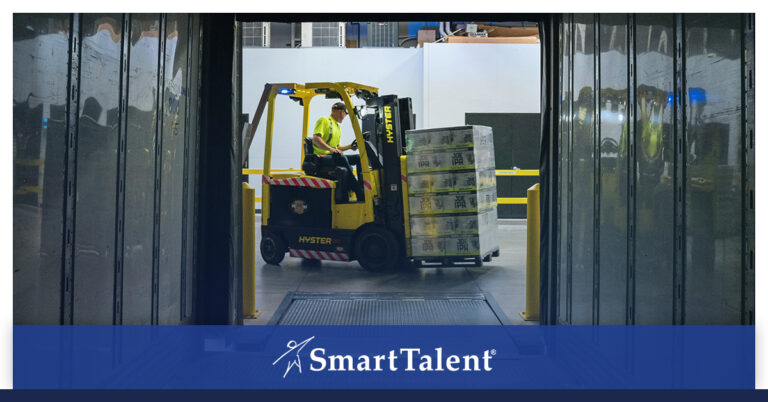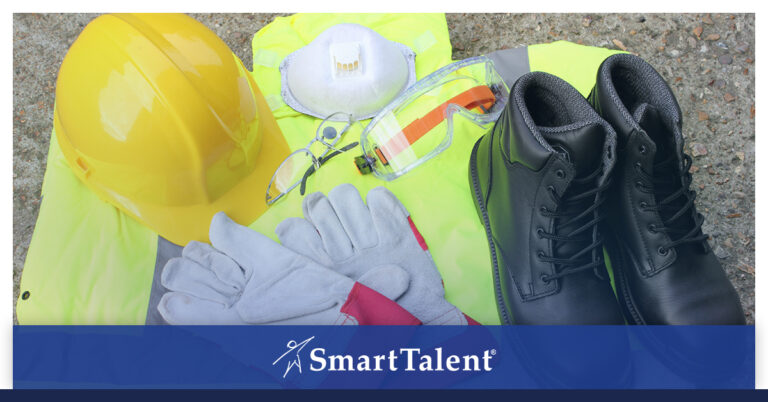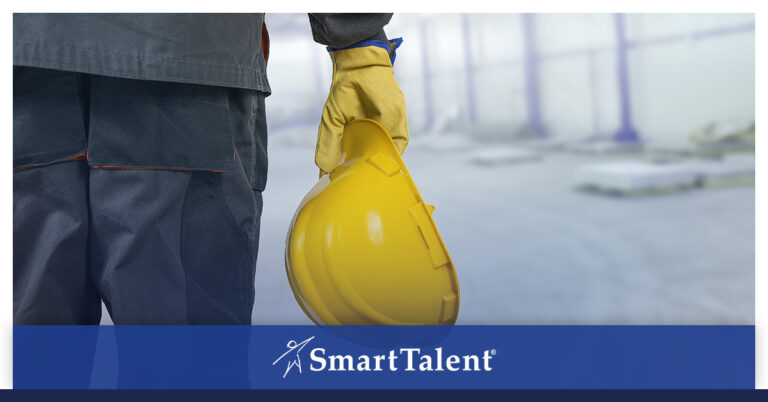Workplace Safety: Do You Have the Proper Winter Gear?
In many parts of the country, winter weather has been here for a while. It’s likely only going to get worse before spring finally arrives. If you’re working outdoors, this presents more than an inconvenience. It’s also a serious safety hazard. Do you have the proper winter gear to protect yourself?
Here are some things to keep in mind when the temperature drops and the snow starts flying:
Check the Weather Report
The first step to knowing how to dress: knowing the weather. Before you start your shift, research the expected conditions for that day. This will help you fine-tune your wardrobe to the particular challenges you’re going to face.
Obviously, check out the temperature and whether any precipitation is expected. But also take note of how the weather is projected to change throughout the day. A shift takes up a significant chunk of time, so you need to have the right clothes for each point along the way.
Dress in Layers
You need to strike a balance when you work in the cold. On the one hand, you want to stay warm (obviously). On the other, you’ve got to keep your range of motion free so you can comfortably complete your tasks. Sure, you could wear a thick snowmobile suit, so that you end up looking like the kid from A Christmas Story. You’ll stay toasty but won’t be able to get much done.
Dressing in layers solves this problem. Start with long underwear and add on shirts and sweatshirts from there. This will help you split the difference between warmth, comfort and functionality. It will also give you the option to shed unnecessary layers if things start to heat up.
Guard Your Extremities
Often, you feel the cold most dramatically in your head and in your hands. Keep these sensitive areas of your body covered. That means wearing the right hats and gloves.
For a hat, pick something warm that can stay on your head as you complete your tasks. At the same time, it should be compact enough to slip into your pocket if the temperature rises.
Your gloves should be thick enough to keep your fingertips from getting cold. Still, you need to be able to use your hands enough to get your work done. Look for options that are both warm and relatively thin. You can also consider glove/mitten hybrids, which allow you to switch back and forth between work-ready and maximum snugness.
Find the Right Pants
What’s the first clothing item that comes to mind when you think of hot weather? Shorts, right? Strangely, though, people often forget about their lower half when cold weather hits.
When picking out pants, find something that holds in heat, but still gives you freedom of motion and provides the toughness you need to get your job done. Look for something with a warm lining (like flannel) and that will keep you relatively dry.
Quick tip: as silly as it sounds, wearing flannel pajama bottoms under your work pants provides an extra layer of warmth. You might feel like you’re dressing for a slumber party. But you’ll stay warm and dry throughout your shift.
Protect Your Feet
The proper boots will go a long way in keeping your feet warm. Again, you need a balance between something cozy and something functional. Try to find something waterproof. You don’t want melting snow or sleet to soak through.
Having the right shoes might seem like a relatively obvious way to keep your feet warm. But have you thought about your socks? These can be equally crucial. If you need to, double up to ensure that your feet stay dry and toasty.
Every job comes with its safety challenges. The key is preparing for everything you’ll face during a shift. Working with a top staffing agency, like SmartTalent, ensures that you have a placement that fits your skills and background.
Contact SmartTalent today to find the ideal job for you.








